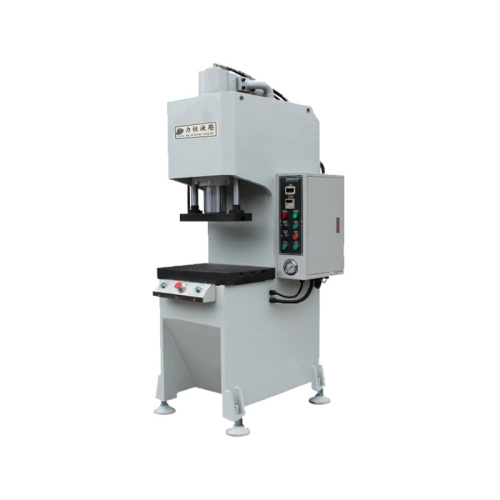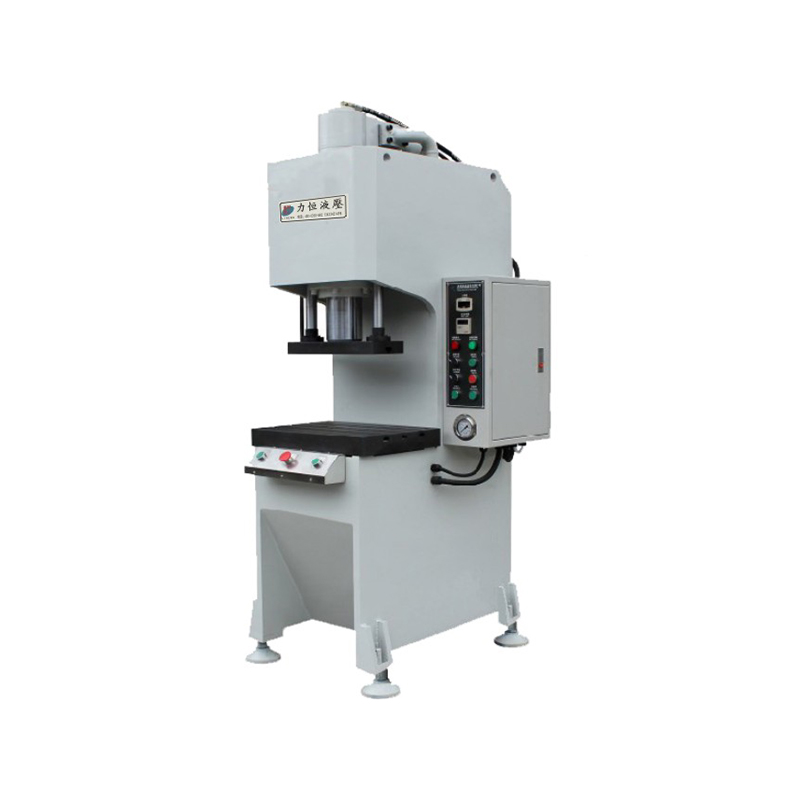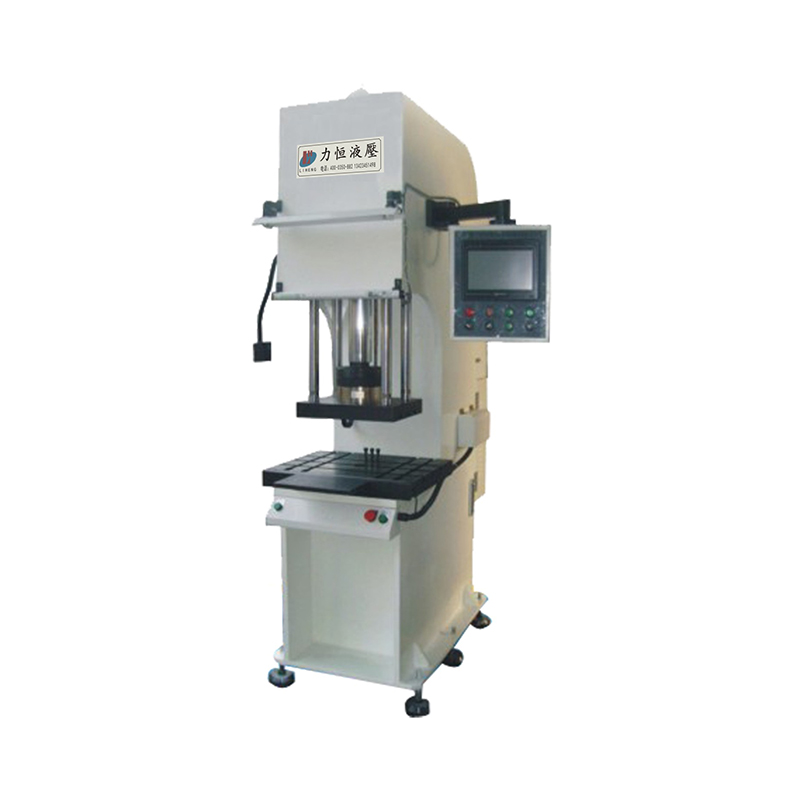
Privacy statement: Your privacy is very important to Us. Our company promises not to disclose your personal information to any external company with out your explicit permission.




Product Description
Product Description
| Project | Units | Specifications | |||||||||
| LHE-3 | LHE-5 | LHE-10 | LHE-15 | LHE-20 | LHE-30 | LHE-50 | LHE-80 | LHE-100 | |||
| Main cylinder capacity | Kn | 30 | 50 | 100 | 150 | 200 | 300 | 500 | 800 | 1000 | |
| System pressure | Mpa | 13 | 13 | 13 | 18 | 18 | 21 | 21 | 21 | 21 | |
| Main cylinder stroke | mm | 150 | 150 | 150 | 250 | 250 | 250 | 300 | 300 | 300 | |
| Open height | mm | 250 | 350 | 350 | 400 | 400 | 400 | 450 | 450 | 450 | |
| Throat depth | mm | 150 | 150 | 150 | 150 | 150 | 180 | 180 | 200 | 200 | |
| Working table size available | L-R | mm | 400 | 400 | 400 | 450 | 450 | 500 | 550 | 650 | 800 |
| F-B | 300 | 300 | 300 | 350 | 350 | 400 | 450 | 550 | 600 | ||
| Height of fixed working table | mm | 800 | 800 | 800 | 800 | 800 | 800 | 800 | 850 | 850 | |
| Main cylinder speed | Fast forward | mm/s | 95 | 90 | 200 | 210 | 200 | 200 | 180 | 180 | 160 |
| working | 0 | 0 | 25 | 23 | 21 | 20 | 18 | 18 | 15 | ||
| Fast backward | 95 | 90 | 190 | 200 | 200 | 190 | 160 | 160 | 150 | ||
| Main motor power | Kw | 2.2 | 3.75 | 3.75 | 3.75 | 3.75 | 5.5 | 5.5 | 5.5 | 5.5 | |
| Weight (Approx) | Kg | 450 | 500 | 600 | 800 | 850 | 1200 | 2700 | 4500 | 6500 | |

The file is encrypted. Please fill in the following information to continue accessing it
Hot Products
Contact


Send Inquiry
PRODUCT CATEGORIES





Privacy statement: Your privacy is very important to Us. Our company promises not to disclose your personal information to any external company with out your explicit permission.

Fill in more information so that we can get in touch with you faster
Privacy statement: Your privacy is very important to Us. Our company promises not to disclose your personal information to any external company with out your explicit permission.